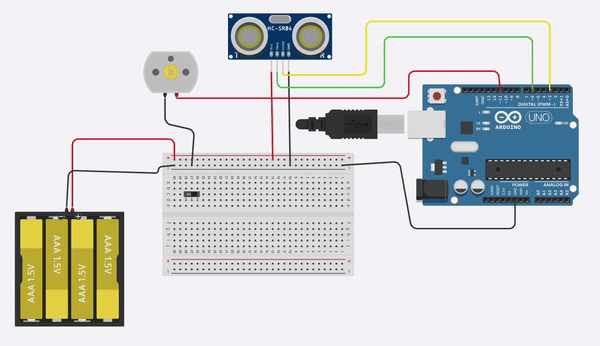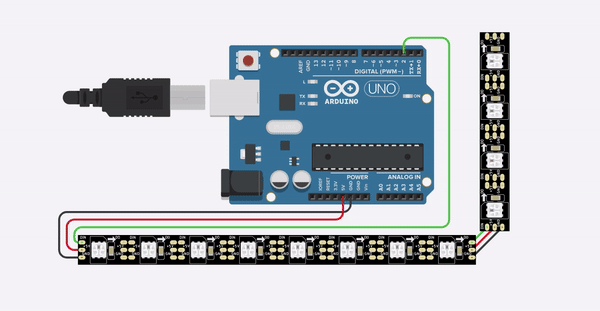
98479 48000

Arduino for Beginners
About Arduino
Arduino is a popular open-source electronics prototyping platform based on easy-to-use hardware and software. It's intended for young students, artists, designers, hobbyists, and anyone interested in creating interactive objects or environments and is designed to be as flexible as possible to fit your project's needs. There are very many micro-controller boards in the Arduino stable and the most popular one for beginners is Arduino Uno.

The Hardware
The Arduino Uno is the most popular micro-controller used by college students and hobbyist to prototype and create stuff from ideas. The Uno has several digital and analog input-output pins that can be connected to external sensors and output devices such as LED, OLED display, neopixel strips, serial monitors. The Uno can also be attached to motor drivers that can drive mini to large motors.

The Coding Platform
Arduino IDE, a text based coding environment is generally used for creating and uploading code on to the Uno. However, easy to code drag and drop blocks platform have been developed to create and upload code onto the Uno. In this course, we use Vittascience, one of the most beginner friendly blocks coding platform.
This platform has two visible areas.
One area is the code editor where students can create the code using code blocks which in turn converts to Arduino C, the programming language that Arduino Uno understands.
The second area is the Simulator which has a virtual Arduino Uno. Code created on the editor area are automatically run and tested on the virtual Uno simulator. This helps in debugging / correcting code whenever there is a mistake before it is loaded onto the Uno.
Click on the buttons below the orange arrow to see how it works
Physical computing to Robotics
Learning to create physical computing projects during high school days will help students better understand topics such as electricity, electronics and properties of matter in a practical and hands on manner. In addition the coding aspect of physical computing helps students build logical and computational thinking skills.
Arduino Uno is an great platform for students to venture into robotics as it supports many varieties of add-on boards that can control and operate motors and actuators. From simple wheeled robots, to more complex multi-legged robots, the possibilities are endless.






Course Description
This course introduces high school students to electronics, physical computing and programming through project-based learning approach.
Students will first learn about the Arduino hardware, its various types of input/output pins, various modes of powering the Arduino. They will then learn how to use the block coding platform to create code that will make the Arduino function. Students will use breadboard to connect with external LEDs, temperature and humidity sensors, light sensors and many other sensors and learn to record and interpret the readings from these sensors. They will learn to power and control actuators in the form of servo motors and DC motors. They will then combine this knowledge and execute a series of carefully chosen mentor guided projects that would help them get creative and hands-on in physical computing.
Some sample student projects

Controlling DC Motor with digital signals

A neopixel strip controlled by an Arduino
Servo motor sweep with micro-seconds delay

Other Details
-
Total 12 sessions of 90 minutes each
-
Students will be assessed before admission to course
-
No text books. Students learn through our online Learning Management System and mentor support